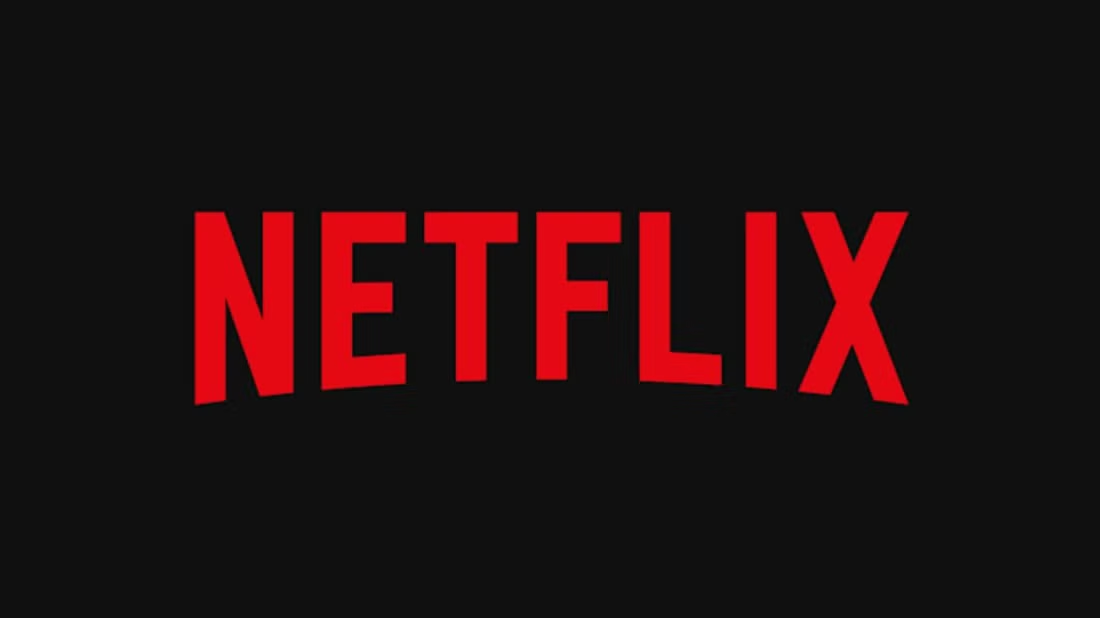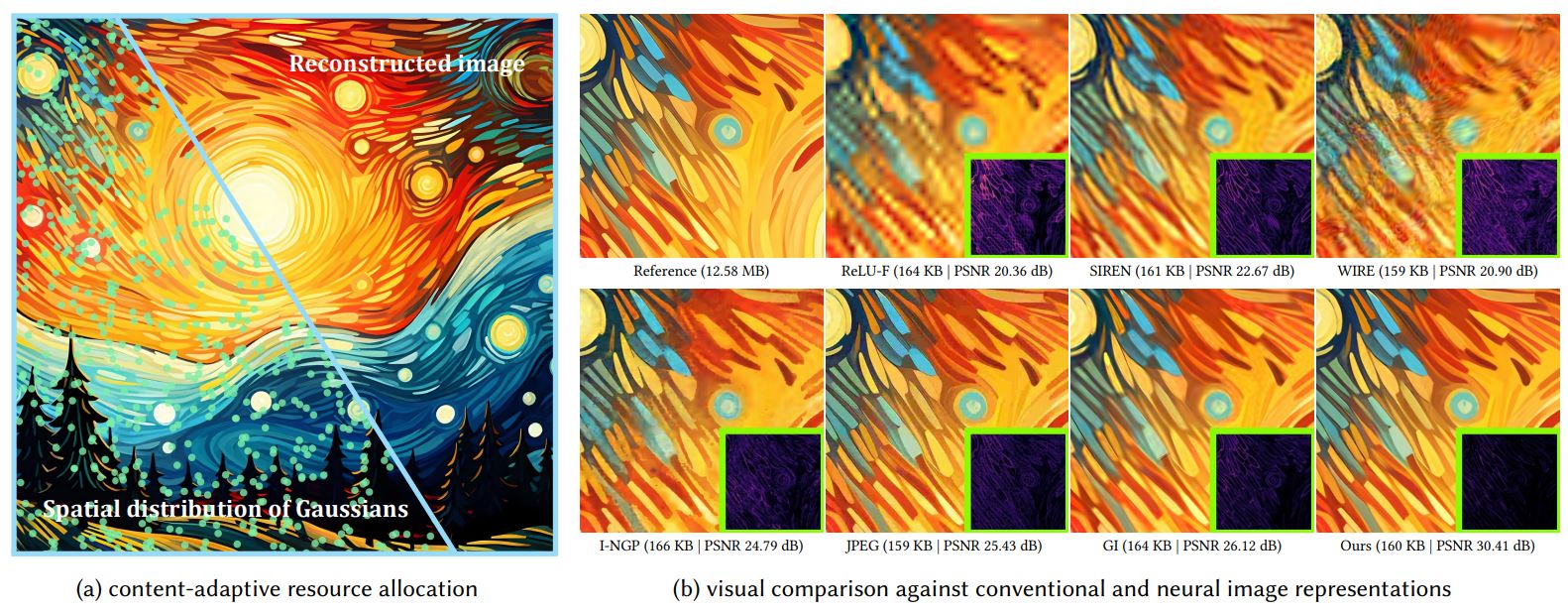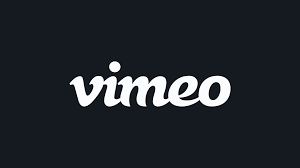BREAKING NEWS
LATEST POSTS
-
Movie Studio Lionsgate is Struggling to Make AI-Generated Films With Runway
“The Lionsgate catalog is too small to create a model,” a source tells The Wrap. “In fact, the Disney catalog is too small to create a model.”
…
Another issue is the rights of actors and the model for remuneration if their likeness appears in an AI-generated clip. It is a legal gray area with no clear path.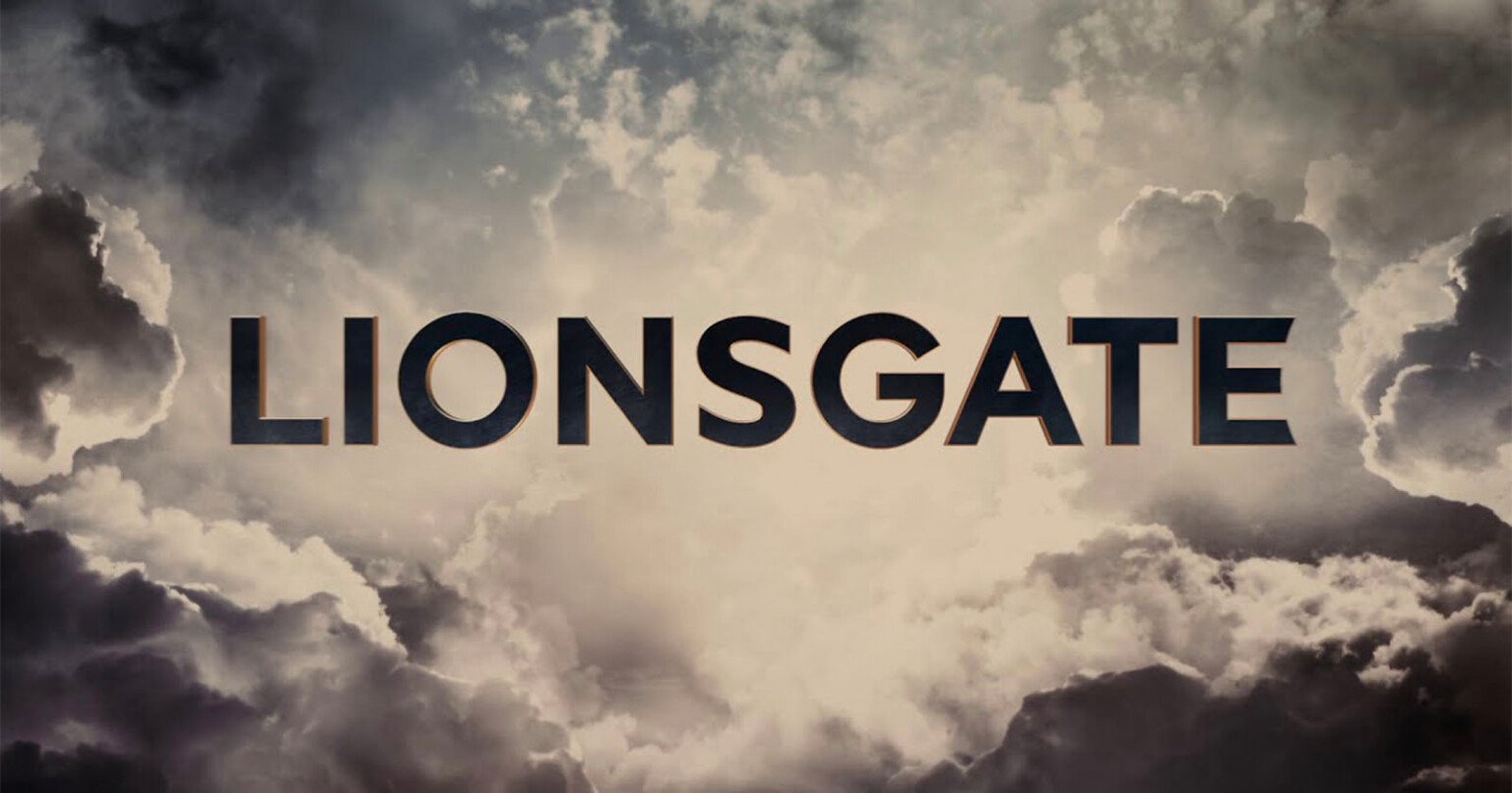
-
Painting boardgame miniatures with acrylic paint markers
What to consider / pros & cons
(more…)Feature Why it matters for miniatures Tip size/type (fine brush, bullet, chisel) Miniatures have small, detailed areas. If the tip is too thick you’ll lose detail, paint blobs easy. Brush or very fine bullet/needle tips are best. Opacity / pigment strength You want strong pigment so you don’t need many layers. Thin/translucent marker paint can be frustrating. Flow / consistency Too thick → clogs, blobs; too runny → loses control or bleeds over edges. Drying time Slower drying can let you blend or correct mistakes; too fast and you might get streaks. Also, layers might lift earlier coatings if not dry enough. Adherence & primer Marker paint may not stick well on smooth plastic/resin if unprimed. Priming helps a lot. Also sealing afterwards helps protect the work. Durability Miniatures get handled; you want paint & sealer that resist chipping. -
Looking Glass Factory – 4K Hololuminescent™ Displays (HLD)
𝐇𝐨𝐥𝐨𝐥𝐮𝐦𝐢𝐧𝐞𝐬𝐜𝐞𝐧𝐭™ 𝐃𝐢𝐬𝐩𝐥𝐚𝐲 (HLD for short) — razor thin (as thin as a 17mm), full 4K resolution, and capable of generating holographic presence at a magical price.
A breakthrough display that creates a holographic stage for people, products, and characters, delivering the magic of spatial presence in a razor-thin form factor.
Our patented hybrid technology creates embedded holographic layer creates the 3D volume, transforming standard video into dimensional, lifelike experiences.Create impossible spatial experiences from standard video
- Characters, people, and products appear physically present in the room
- The embedded holographic layer creates depth and dimension that makes subjects appear to float in space
- First scalable holographic illusion that doesn’t require a room-sized installation
- The dimensional depth and presence of pepper’s ghost illusions, without the bulk
Built for the real world
- FHD clarity (HLD 16″) and 4K clarity (HLD 27″ and HLD 86″), high brightness for any lighting environment
- Thin profile fits anywhere traditional displays go
- Wall-mounted, it creates the illusion of punching a hole through the wall into another dimension
- Films beautifully for social sharing – the magic translates on camera
Works with what you have
- Runs on your existing digital signage solution, CMS, and 4K video distribution infrastructure
- Standard HDMI input or USB loading
- 2D video workflow with straightforward, specific requirements: full-size subjects on green/white backgrounds or created with our templates (Cinema4D, Unity, Adobe Premiere Pro)
16″ $2000 usd
27″ $4000 usd
86″ $20000 usd -
Luma AI releases Ray3 – 16bit HDR, reasoning video model
This is Ray3. The world’s first reasoning video model, and the first to generate studio-grade HDR. Now with an all-new Draft Mode for rapid iteration in creative workflows, and state of the art physics and consistency. Available now for free in Dream Machine.
Ray3’s native HDR delivers studio-grade fidelity. It generates video in 10, 12 & 16-bit high dynamic range with details in shadows and highlights in vivid color. Convert SDR to HDR, export EXR for seamless integration and unprecedented control in post-production workflows.
Reasoning enables Ray3 to understand nuanced directions, think in visuals and language tokens, and judge its generations to give you reliably better results. With Ray3 you can create more complex scenes, intricate multi-step motion, and do it all faster.
With reasoning, Ray3 can interpret visual annotations enabling creatives to now draw or scribble on images to direct performance, blocking, and camera movement. Refine motion, objects, and composition for precise visual control, all without prompting.
Draft Mode is a new way to iterate video ideas, fast. Explore ideas in a state of flow and get to your perfect shot. With Ray3’s new Hi-Fi diffusion pass, master your best shots into production-ready high-fidelity 4K HDR footage. 5x faster. 5x cheaper. 100x more fun.
Ray3 offers production-ready fidelity, high octane motion, preserved anatomy, physics simulations, world exploration, complex crowds, interactive lighting, caustics, motion blur, photorealism, and detail nuance, delivering visuals ready for high-end creative production pipelines.Ray3 is an intelligent video model designed to tell stories. Ray3 is capable of thinking and reasoning in visuals and offers state of the art physics and consistency. In a world’s first, Ray3 generates videos in 16bit High Dynamic Range color bringing generative video to pro studio pipelines.The all-new Draft Mode enables you to explore many more ideas, much faster and tell better stories than ever before.
-
AI and the Law – Disney, Warner Bros. Discovery and NBCUniversal sue Chinese AI firm MiniMax
On Tuesday, the three media companies filed a lawsuit against MiniMax, a Chinese AI company that is reportedly valued at $4 billion, alleging “willful and brazen” copyright infringement
MiniMax operates Hailuo AI
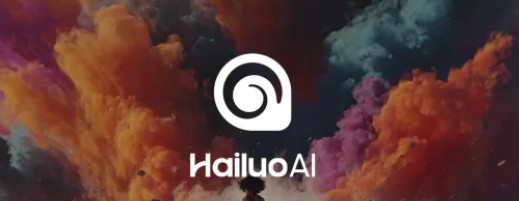
-
Mariko Mori – Kamitate Stone at Sean Kelly Gallery
Mariko Mori, the internationally celebrated artist who blends technology, spirituality, and nature, debuts Kamitate Stone I this October at Sean Kelly Gallery in New York. The work continues her exploration of luminous form, energy, and transcendence.
-
Vimeo Enters into Definitive Agreement to Be Acquired by Bending Spoons for $1.38 Billion
FEATURED POSTS
-
sRGB vs REC709 – An introduction and FFmpeg implementations

1. Basic Comparison
- What they are
- sRGB: A standard “web”/computer-display RGB color space defined by IEC 61966-2-1. It’s used for most monitors, cameras, printers, and the vast majority of images on the Internet.
- Rec. 709: An HD-video color space defined by ITU-R BT.709. It’s the go-to standard for HDTV broadcasts, Blu-ray discs, and professional video pipelines.
- Why they exist
- sRGB: Ensures consistent colors across different consumer devices (PCs, phones, webcams).
- Rec. 709: Ensures consistent colors across video production and playback chains (cameras → editing → broadcast → TV).
- What you’ll see
- On your desktop or phone, images tagged sRGB will look “right” without extra tweaking.
- On an HDTV or video-editing timeline, footage tagged Rec. 709 will display accurate contrast and hue on broadcast-grade monitors.
2. Digging Deeper
Feature sRGB Rec. 709 White point D65 (6504 K), same for both D65 (6504 K) Primaries (x,y) R: (0.640, 0.330) G: (0.300, 0.600) B: (0.150, 0.060) R: (0.640, 0.330) G: (0.300, 0.600) B: (0.150, 0.060) Gamut size Identical triangle on CIE 1931 chart Identical to sRGB Gamma / transfer Piecewise curve: approximate 2.2 with linear toe Pure power-law γ≈2.4 (often approximated as 2.2 in practice) Matrix coefficients N/A (pure RGB usage) Y = 0.2126 R + 0.7152 G + 0.0722 B (Rec. 709 matrix) Typical bit-depth 8-bit/channel (with 16-bit variants) 8-bit/channel (10-bit for professional video) Usage metadata Tagged as “sRGB” in image files (PNG, JPEG, etc.) Tagged as “bt709” in video containers (MP4, MOV) Color range Full-range RGB (0–255) Studio-range Y′CbCr (Y′ [16–235], Cb/Cr [16–240])
Why the Small Differences Matter
(more…) - What they are
-
Rec-2020 – TVs new color gamut standard used by Dolby Vision?
https://www.hdrsoft.com/resources/dri.html#bit-depth

The dynamic range is a ratio between the maximum and minimum values of a physical measurement. Its definition depends on what the dynamic range refers to.
For a scene: Dynamic range is the ratio between the brightest and darkest parts of the scene.
For a camera: Dynamic range is the ratio of saturation to noise. More specifically, the ratio of the intensity that just saturates the camera to the intensity that just lifts the camera response one standard deviation above camera noise.
For a display: Dynamic range is the ratio between the maximum and minimum intensities emitted from the screen.
The Dynamic Range of real-world scenes can be quite high — ratios of 100,000:1 are common in the natural world. An HDR (High Dynamic Range) image stores pixel values that span the whole tonal range of real-world scenes. Therefore, an HDR image is encoded in a format that allows the largest range of values, e.g. floating-point values stored with 32 bits per color channel. Another characteristics of an HDR image is that it stores linear values. This means that the value of a pixel from an HDR image is proportional to the amount of light measured by the camera.
For TVs HDR is great, but it’s not the only new TV feature worth discussing.
(more…)





